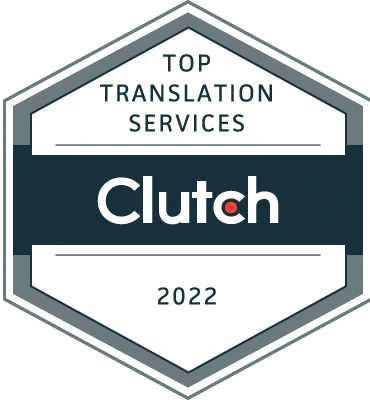The main questions which must arise to establish good dialogue in a professional translation service match the needs of the client with us.
First, one must acknowledge that we, the translators, have the tendency to be self-centred, to complain that we belong to an unknown, unloved, underestimated profession. But what can we do to avoid this anonymity and discover what happens on the other side of the fence? In order to offer a professional translation service, we must know who our client is, what do they do, and what they want.
In my opinion, dialogue is minimal and not established at all between the translator and the client. However, beyond the role of a messenger, can the translator, to some extent, take an advisory role (in translation, and therefore in communication)?
I propose to review the main questions which can (or must) arise on both sides of a translation request, and the possible answers to it that can be used to establish a good dialogue, match the needs of the client with ours and finally, allow us to work in good conditions.
Who is the customer?
First of all, it is essential to know your client. Is it an individual, a business, a translation agency or a multinational company? What is its area of activity? What is its size and what are its resources? To what degree, does it understand translation and interpreting services? The response to all these questions will determine the relationship, guide our client’s choice, our way of addressing them, the amount for the translation estimate, the degree and ease of information and documentation exchanges. The client will not want to ask questions, to take an interest in us, with the goal, of course, of establishing a relationship of trust. However, obtaining all the necessary information will allow us to offer a professional translation service that is accurate, precise and rigorous in terms of style, terminology and language level.
Does the customer need EVERYTHING translated?
In some cases, such as the translation of legal documents, this question doesn’t really apply, because these types of documents generally must be fully and faithfully translated. But what about, for example, a translation request from a big company´s communications campaign, with the aim of promoting its image abroad? In this case, you may be doing your client a great service, by advising them to refocus the main part of their message, with skilful cuts to the source text (and as a result, a cut in the translation cost), by removing local references, and sentences that may be too long or convoluted, or passages that are irrelevant to the “target” country. Here’s another example: the request could concern the translation of an internal communication. One could ask if the translation is “for information” or “for publication”. This distinction can be important as to the degree of precision and “refinement” given to the final text. You see, you are also an advisor!
What is your customer’s budget?
What is your budget? What is your rate? Money is a legitimate question. Unfortunately for us, the translation profession is not regulated, prices are variable (that’s an understatement!) from one area to another, from one language combination to another and from one technical area to another and clients can if they so wish, via the Internet, find translation services at ridiculous prices, at the other end of the world (I have heard of a penny per word!). We must be firm when it comes to our rates. It’s important to be persuasive, convincing and instructive: the client must know that below a certain “reasonable” rate, quality cannot be assured, and these errors will have consequences! The customers image could be tarnished and sometimes even, their liability can be affected! Tell your client the story of the radiology department that used an excessive radiation dose, because the machine´s operating instructions contained a translation error in the units of measurement… Is your client still not convinced? Do they think that a professional translation service is too expensive? Offer to put things into perspective, ask what the budget is for their advertising campaign, or what their lawyer’s hourly rate is… Well, I’m kidding, but you get the idea.
Do they really want to translate it themselves?
Here again, translators should be tactful, instructive, persuasive, calm, etc. Don’t steer your “client”. Explain the value added by a professional translation service, related, of course, to the knowledge of the source and target languages, to the proficiency of their mother tongue, to their writing, to their taste for detail and precision, to their meticulous nature in matters of spelling, grammar and typography, but above all, in their ability to conduct quick and reliable research to transcribe the text in technical and ”in-house” jargon that is perfectly adapted, and that’s not for everyone! In short, don’t discredit their bilingual friend or the CAT tool, but rather highlight your “added value”. And ultimately, if they really want to save money on translation, suggest that they hire you to do a review…
The client and translator must communicate!
You have finally been entrusted with the project, the biggest thing left to do is to do it. If your client has not already given you lexicons, glossaries, style guides, as well as technical documents necessary to understand the activity, don’t hesitate to ask for them. Is the source text unclear? Ask for clarification in carefully chosen terms, without implying that the style is illegible! Does the source text contain errors? Report them. I sometimes send a quick summary of errors or ambiguities found at the end of a project and even sometimes propose changes to the source text, the customers have always been delighted with this initiative! You see, you are a translator-editor-reviser-advisor!
Translation into English: Chloe Findlay
Discover our translation agency.



